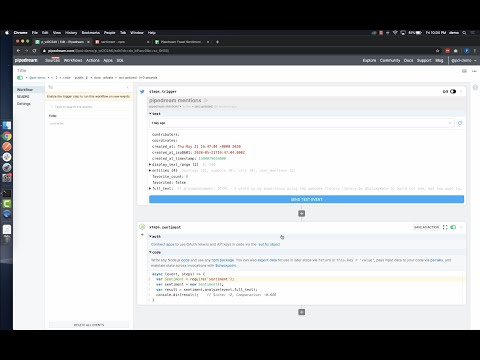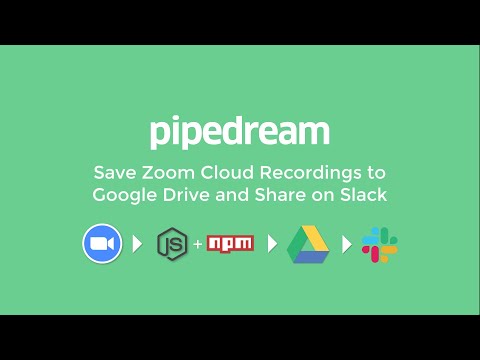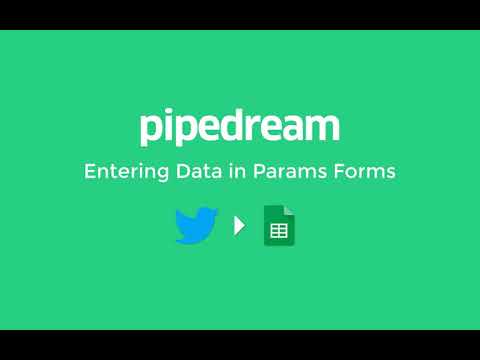What do you want to automate
with ViewDNS.info and Google Sheets?
Prompt, edit and deploy AI agents that connect to ViewDNS.info, Google Sheets and 3,000+ other apps in seconds.
Trusted by 1,000,000+ developers from startups to Fortune 500 companies
Popular Ways to Connect ViewDNS.info with Google Sheets#
Popular ViewDNS.info and Google Sheets Triggers#
Emit new event each time a comment is added to a spreadsheet.
Emit new event each time a row or rows are added to the bottom of a spreadsheet.
Emit new event each time a row or rows are added to the bottom of a spreadsheet.
Emit new event each time a row or cell is updated in a spreadsheet.
Popular ViewDNS.info and Google Sheets Actions#
Performs a DNS record lookup to retrieve various DNS record types for a domain. See the documentation
Add a single row of data to Google Sheets. See the documentation
Retrieves the IP address history for a domain. See the documentation
Add multiple rows of data to a Google Sheet. See the documentation
Performs a reverse IP lookup to find domains hosted on the same IP address. See the documentation
Connect ViewDNS.info#
import { axios } from "@pipedream/platform"
export default defineComponent({
props: {
viewdns_info: {
type: "app",
app: "viewdns_info",
}
},
async run({steps, $}) {
return await axios($, {
url: `https://api.viewdns.info/ping/v2/`,
params: {
host: `pipedream.com`,
apikey: `${this.viewdns_info.$auth.api_key}`,
output: `json`,
},
})
},
})
Overview of Google Sheets#
The Google Sheets API allows for the creation, reading, updating, and deletion of data within Google Sheets, enabling a robust platform for spreadsheet management and data manipulation. Through Pipedream, you can craft serverless workflows that respond to various triggers, such as webhook events, emails, or scheduled times, to interact with Google Sheets. This synergy can automate reporting, synchronize data across applications, manage inventory, track leads in a CRM, or even conduct survey analysis by updating and retrieving sheet data on the fly.
Connect Google Sheets#
import { axios } from "@pipedream/platform"
export default defineComponent({
props: {
google_sheets: {
type: "app",
app: "google_sheets",
}
},
async run({steps, $}) {
return await axios($, {
url: `https://www.googleapis.com/oauth2/v1/userinfo`,
headers: {
Authorization: `Bearer ${this.google_sheets.$auth.oauth_access_token}`,
},
})
},
})
Related Videos#



Community Posts#


